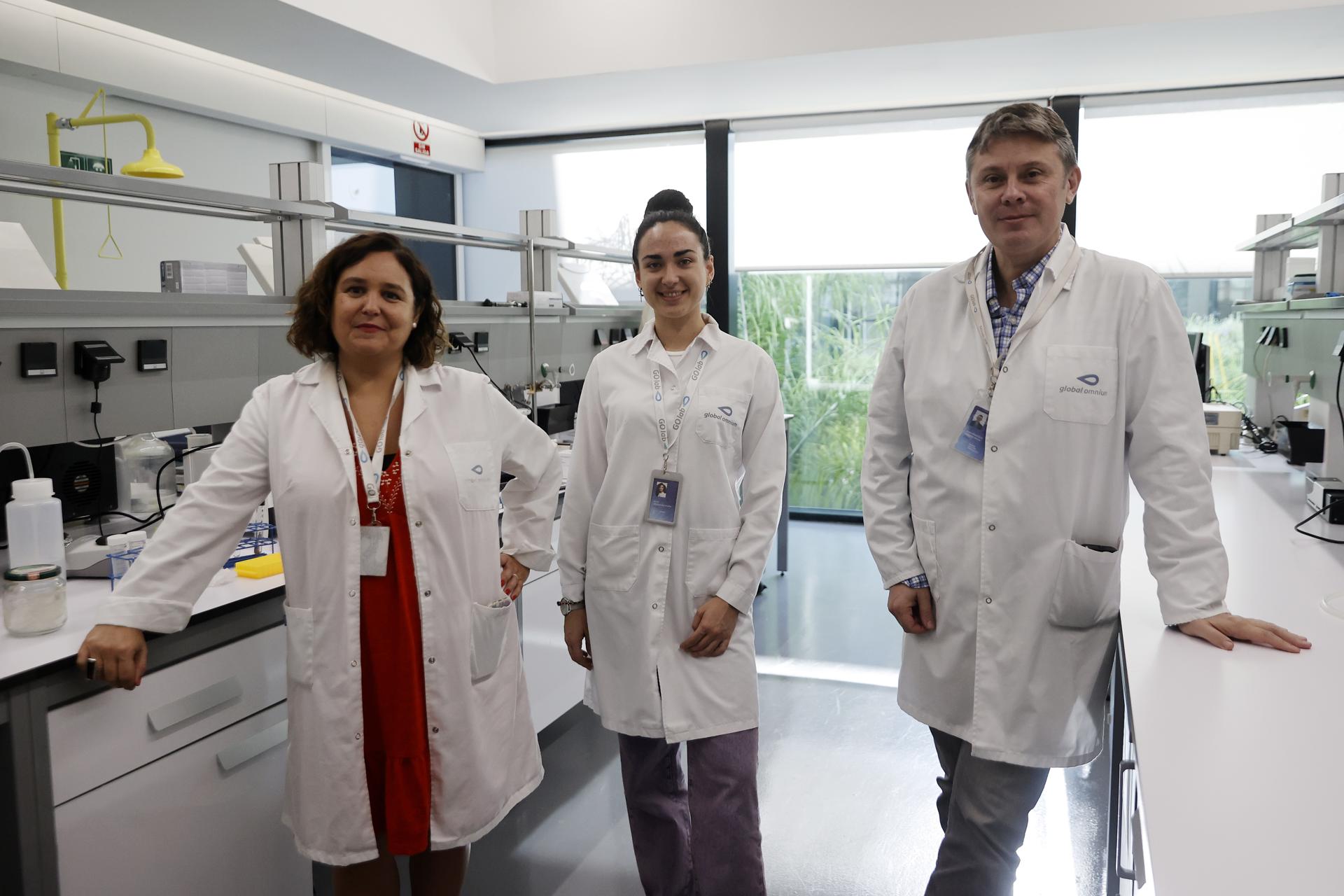Valencia (EFE) – A gastroenteritis outbreak in Tarazona (Zaragoza) affected half a thousand people and forced the closure of the fountains in Valencia’s central park for several days this summer after seven children became infected. , the cause behind it is Cryptosporidium parvum, a tiny parasite that isn’t usually found in routine tests.
It is a protozoan that is often found in water and can also contaminate food. When eaten by people and animals, it can enter the intestines and cause diarrhea, vomiting or fever, even in people who are immunosuppressed. Respiratory and respiratory tract. causing more serious problems.
In order to check the presence of this substance in the water so that disinfection measures can be taken, there are laboratories such as Gamaser from the Global Omnium Group, the only private laboratory in Spain accredited by the National Accreditation Entity (ENAC) for the analysis of Cryptosporidium ..
“It is a protozoa that is often found in untreated water and can cause gastroenteritis if it reaches the water network or if someone ingests it,” explains Juan Francisco Maestre, director of Global Omnium Services, noting that it Usually doesn’t exist. detected. It is usually only looked for in the analysis if there are other bacteria present in the water or if there is a certain amount of turbidity.
He believes that “more routine” control of the parasite not only in water networks but also in fountains and parks where there is some risk would allow progress in prevention, although he admitted it was an “uneconomical” technology .
Microorganisms between four and six microns in size
To analyze drinking water for the presence of this microorganism, which has a size between 4 and 6 microns, the Gamaser laboratory uses 100 liters of water samples (the largest volume of water required to detect it), which are passed through a filter with micron-sized pores. After several steps.
Guadalupe Sastre, head of development in the Department of Microbiology, explains that being able to see Cryptosporidium under a microscope using immunofluorescence techniques requires following a “pretty arduous and quite complicated” process. ENAC guarantees the technical competence of the laboratory.
Water quality control and testing
Ester Méndez, head of innovation at the Global Omnium Gamaser Laboratory, points out that it must be taken into account that if an infected animal defecates on the street or near a water source, the parasites can return to the water again, and in the summer or when the weather is very hot, children and Animals enter these fountains.
“One of the problems we face is that the epidemic is no longer a small-scale epidemic, but eventually spreads,” Mendez said, adding that based on the identification conducted by the laboratory, a decision can be made whether to advance epidemic prevention and control. Water disinfection or if more disinfectant is needed to eliminate it.
In this water quality control and specialized testing laboratory of the Global Omnium Group, they are conducting wastewater control to detect the presence of SARS-CoV-2 during the coronavirus pandemic and conducting research to try to get ahead of future related health issues .
“We have a lot of research areas trying to detect emerging contaminants, such as pharmaceuticals or pharmaceuticals in wastewater,” Maestre said, noting that through technologies such as sequencing of wastewater samples, “it’s possible to detect the health of a population.”

